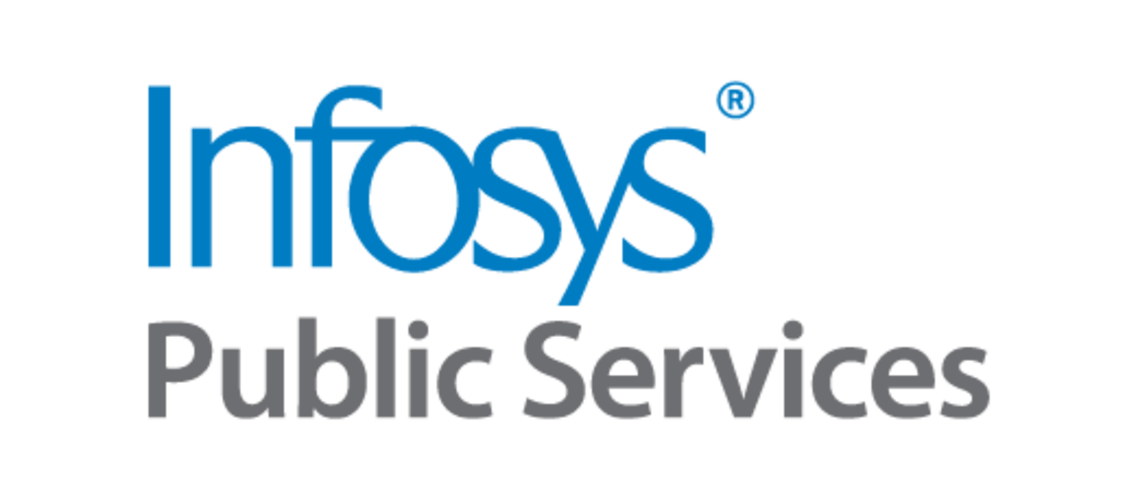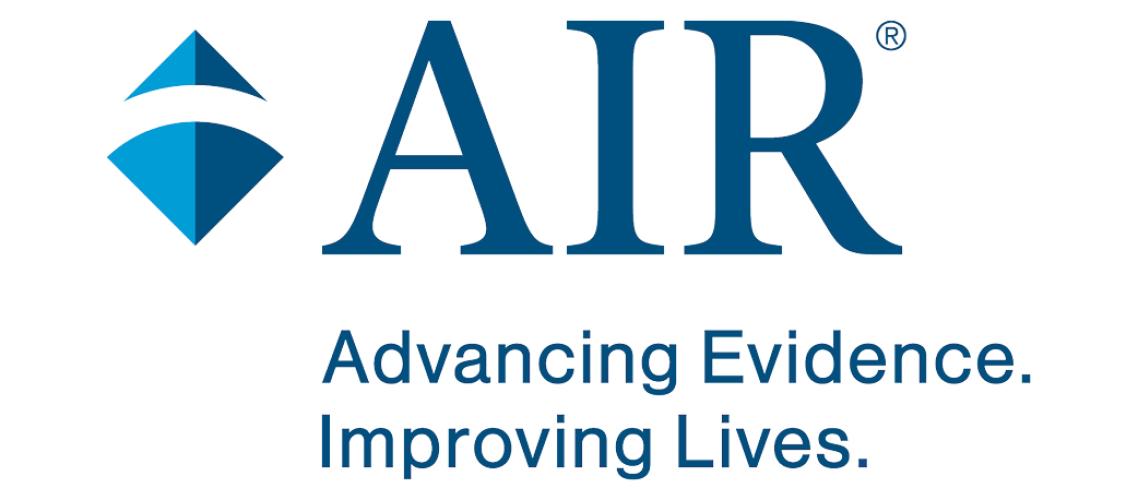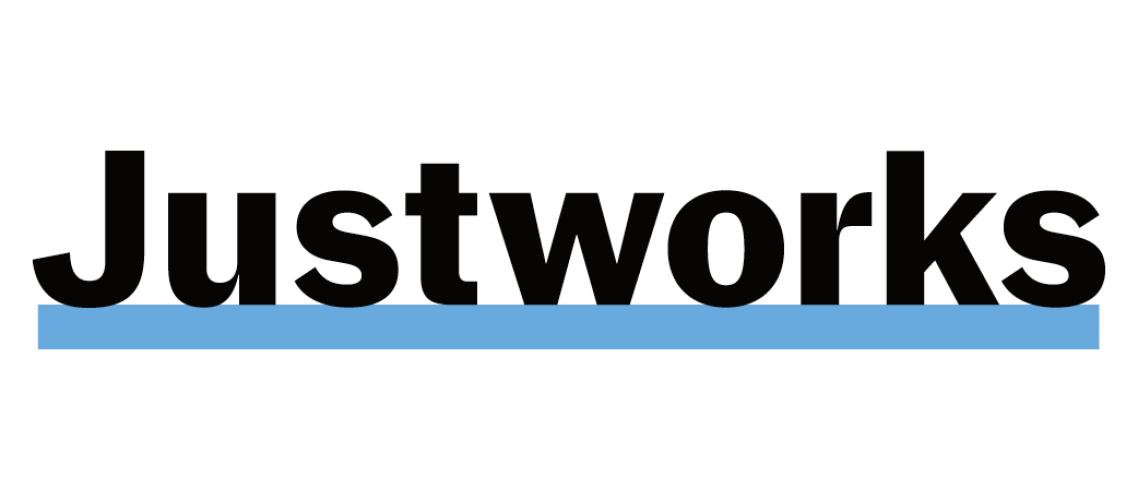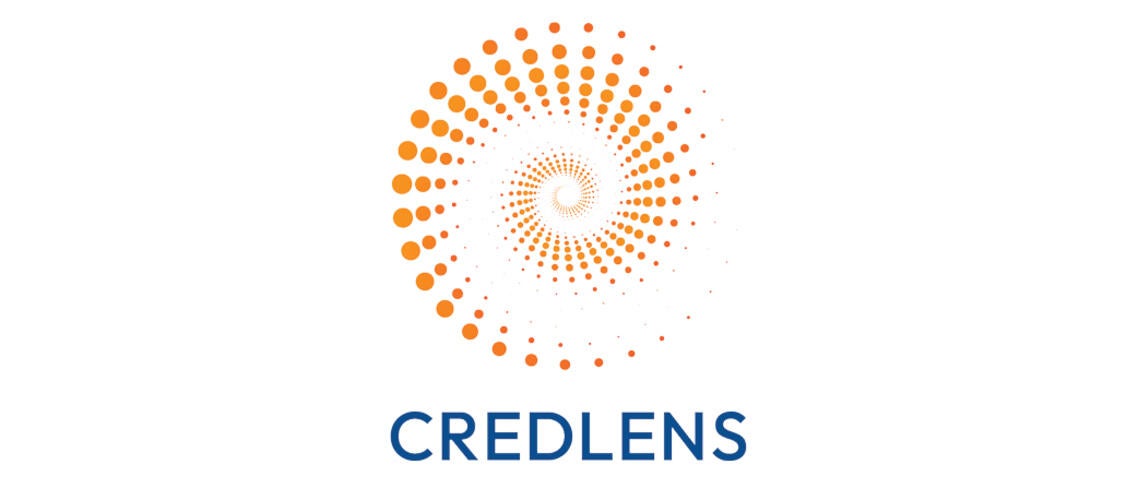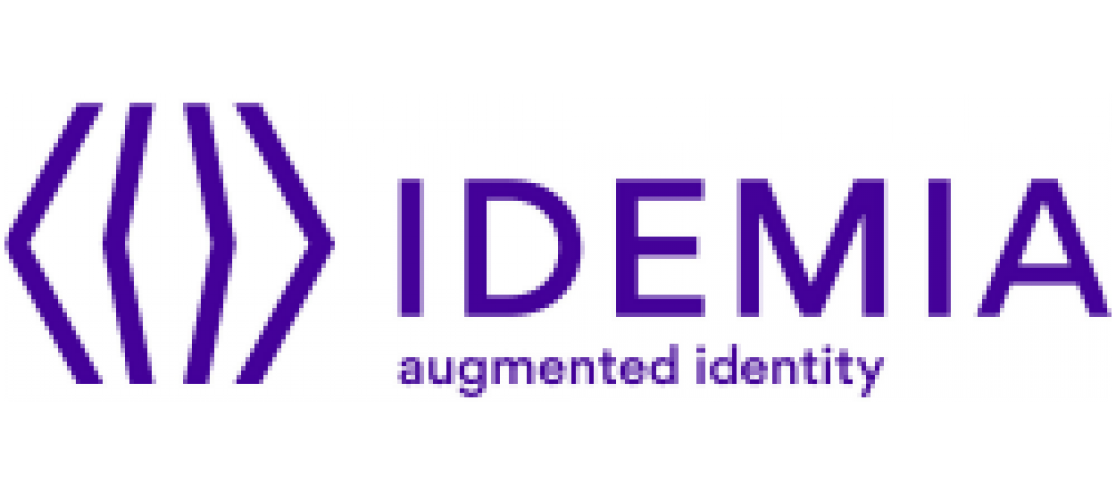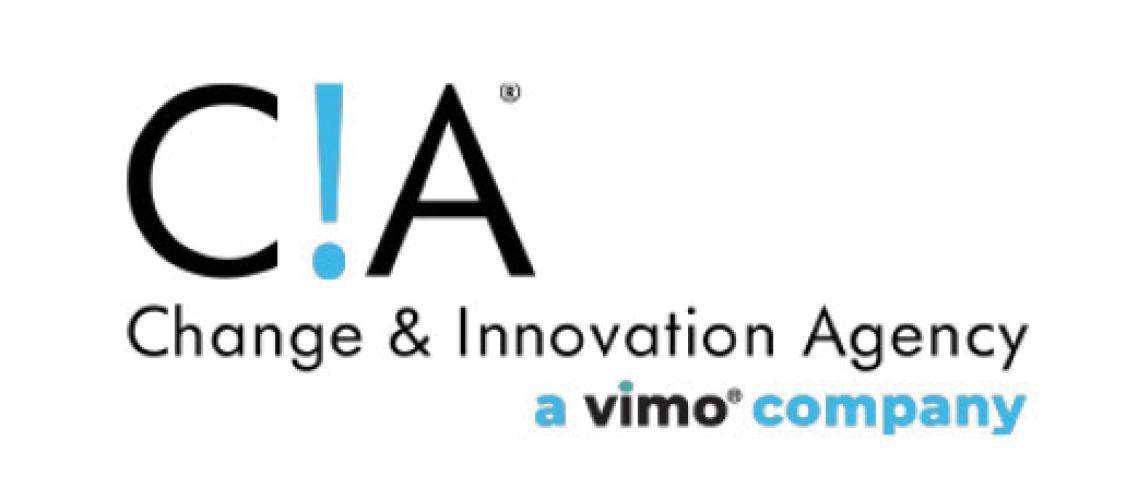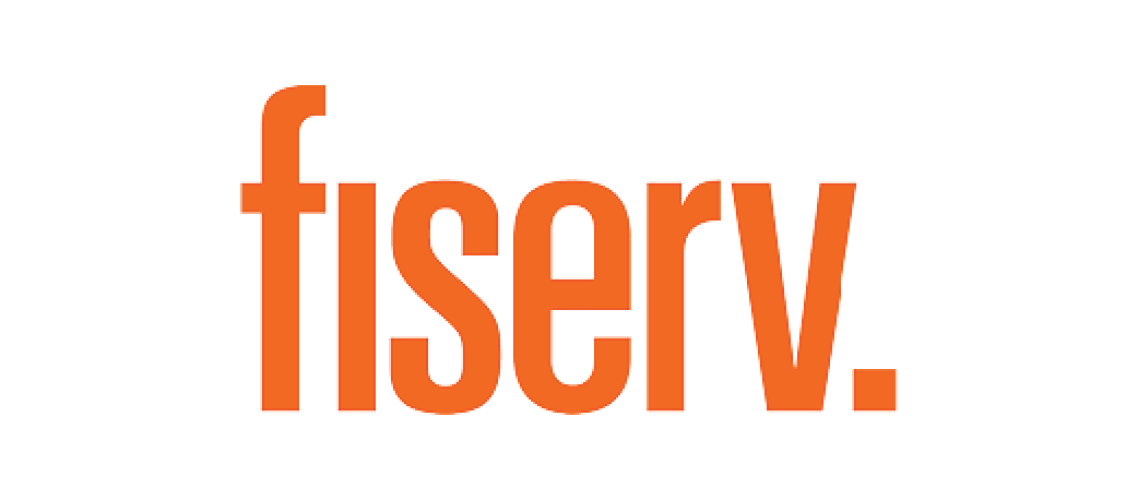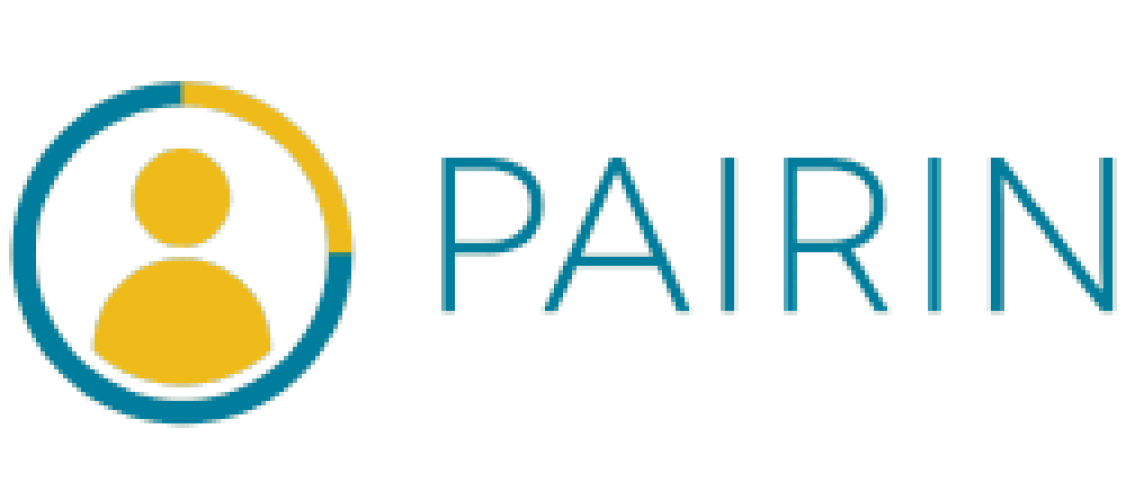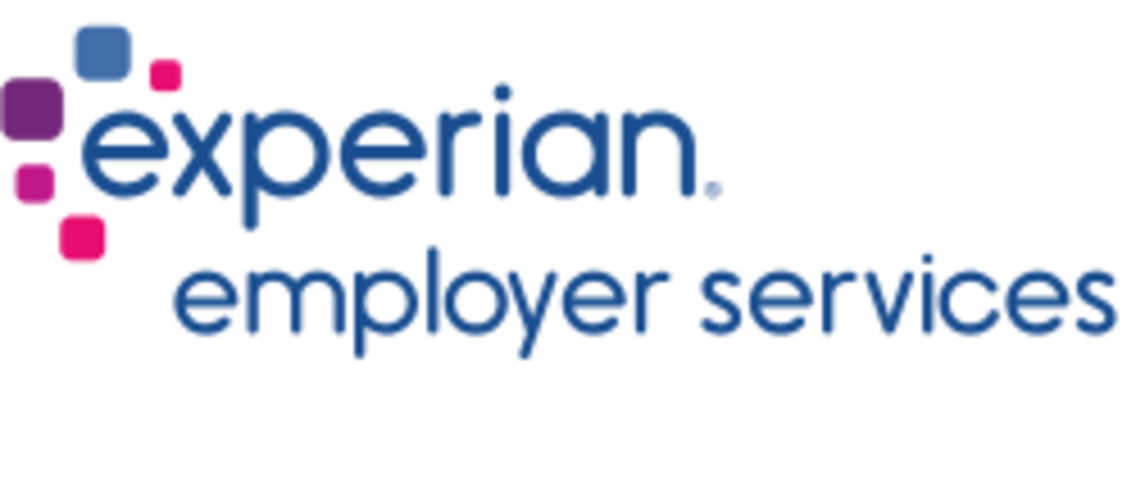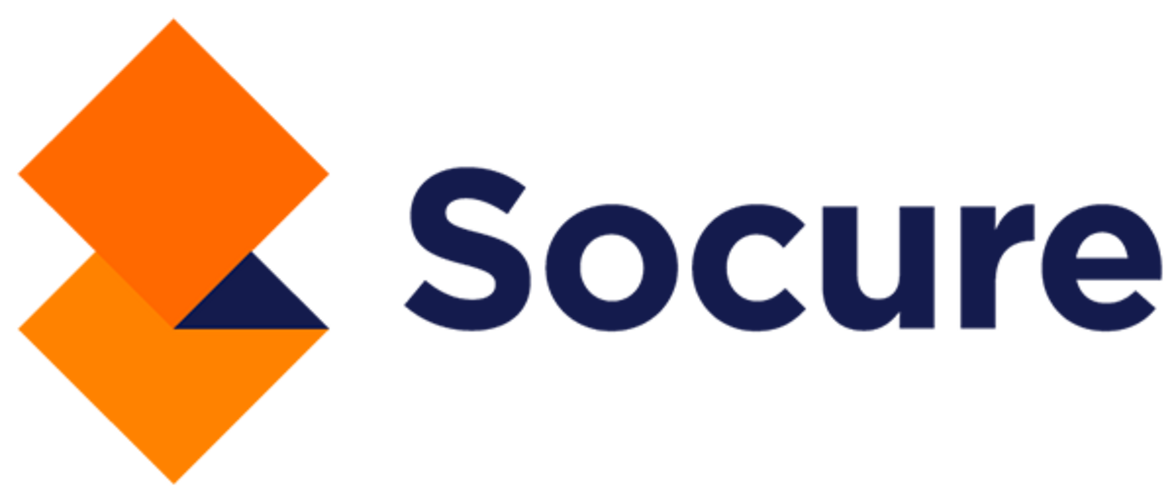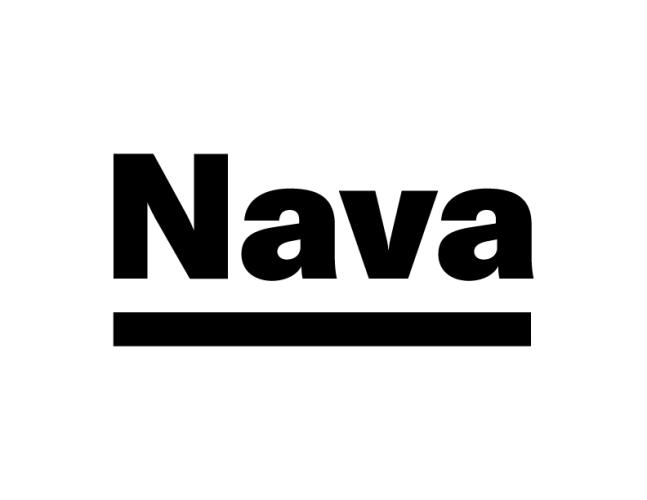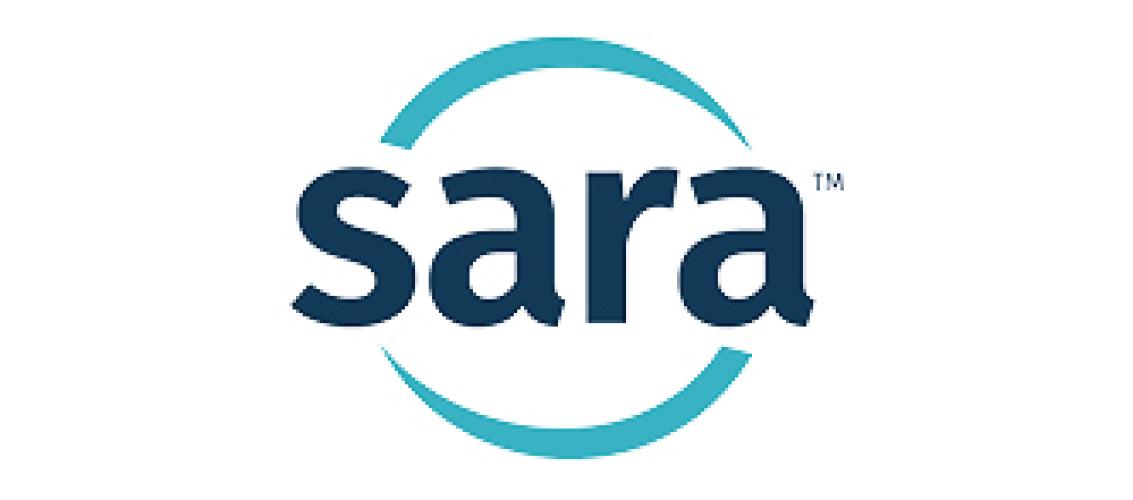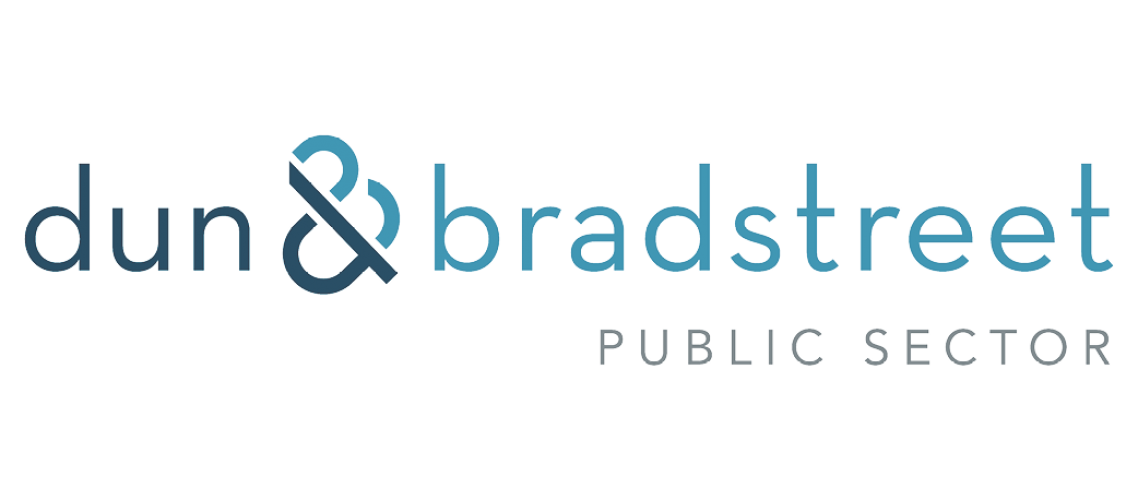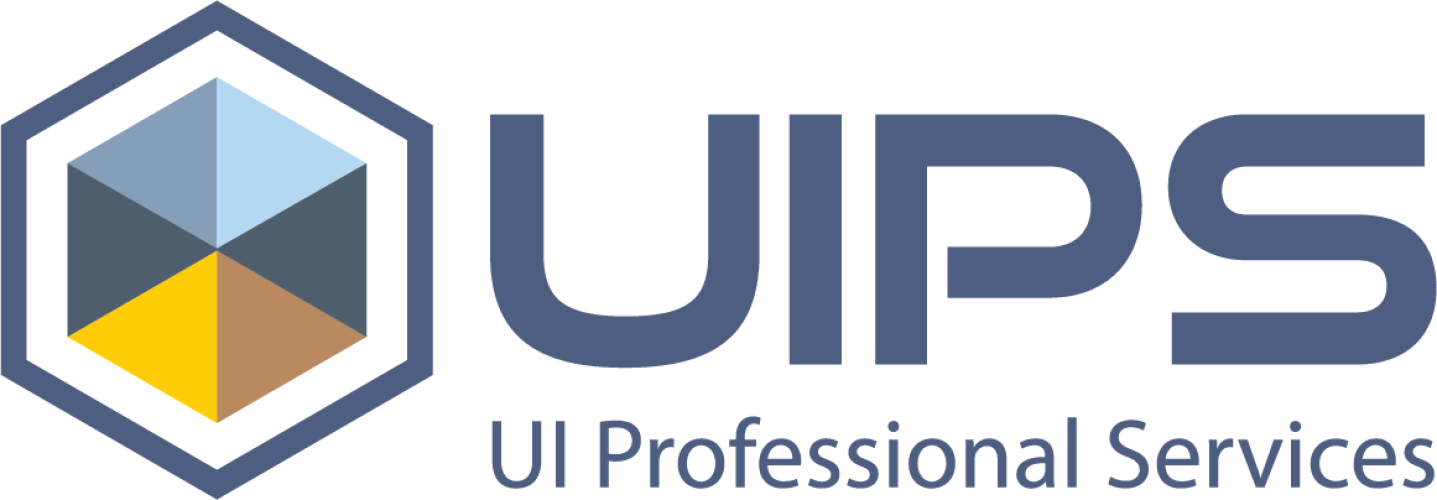The BI Beat - August 2024
Welcome to the BI Beat, a section dedicated to Behavioral Insights in NASWA's monthly newsletter. Here, states can stay informed about the latest developments in the field and learn more about what's happening in the world of Behavioral Insights!
What Did You Say?
Which of the following instructions do you think is easier to understand?
"Acquire a duo of slices of leavened wheat product, apply a layer of ground legume paste to one slice, and a smear of preserved fruit spread to the other, then conjoin them. Ingest and have a delectable experience."
OR
"Take two slices of bread. Spread peanut butter on one slice and jelly on the other. Put them together. Eat and enjoy!"
The second one, right? This explanation is clear, direct, and easy to follow. This is the essence of plain language.
Plain language is about communication that your audience can understand the first time they read or hear it. It means writing clearly, concisely, and without jargon, in a well-organized way. The goal is to make information accessible and understandable for everyone, regardless of their background or expertise. Plain language helps to address cognitive load, which refers to the amount of information our working memory can process at any given time.
In labor policy programs, plain language is crucial for effective communication with the public, since policies, procedures, and guidelines often include complex legal and technical terms. Translating these into plain language ensures that employees, employers, and the public easily understand their rights and responsibilities, as well as the benefits and services available to them, leading to increased engagement and compliance rates.
The most common way plain language can be implemented in state workforce agencies is by using clear and straightforward language in all forms and applications, ensuring instructions and requirements are plainly stated and easy to follow. The NASWA Behavioral Insights Toolkit includes some specific examples of how plain language can be leveraged by UI programs, including:
- Revising the layout, organization, and language in the claimant handbook to increase understanding of UI Requirements.
- Adjusting the language in UI disqualification notices to clarify the reason for disqualification.
- Using simple language and engaging graphics in a UI “cheat sheet” that explains and lists the essentials of staying eligible for benefits.
Plain language is not just about simplifying words; it’s about making communication effective and accessible. In using plain language in communications, state workforce agencies can become more user-friendly and efficient. When customers understand communications, they are better able to take needed actions on their own, with less support from the agency. Clear communication is the key to effective service delivery, ensuring everyone gets the support they need without confusion.
NASWA’s UI Integrity Center recently launched “Simply Put: Communicating Clearly in Plain Language,” a series providing practical state examples of the use of plain language, with guidelines and actionable tips for communicating clearly and effectively. The first document in this series describes how the Pennsylvania Department of Labor & Industry (L&I) utilized NASWA's Model Claimant Handbook to improve communication and create a better overall user experience for individuals accessing the claimant handbook.
Have an idea for Simply Put? Reach out to Amy Banicki, State Engagement Manager, at abanicki@naswa.org.
Findings from the Field
Simplified Forms Can Reduce Failures to Appear for Mandated Events. Researchers at Ideas42 and the University of Chicago partnered with the City of New York to nudge defendants of low-level offenses to appear in court. At the time of the experiment, in 2015, around 40 percent of these defendants failed to appear in court. When a defendant does not appear in court, an arrest warrant is issued, creating an even more precarious situation for the defendant.
To address this, the research team examined the problem through a behavioral lens, which involved identifying the psychological, social, and environmental barriers that were preventing defendants from attending their court appointments. They knew that defendants found out about their court date via a summons notice, but found that the most important information, like the date, location, and required actions, were hard to find and difficult to understand in the notice. As such, they hypothesized that human error could be a contributing factor in the city’s high failure to appear rate; defendants could be forgetting to attend their court appointments. To address this problem, they created a simplified summons letter that used behavioral insights principles to make the most important information stand out by:
- Highlighting the court date and time at the top of the letter;
- Emphasizing the consequences of non-attendance; and
- Labeling the summons as a “court appearance ticket”.
The researchers gradually rolled out the new form between March and August 2016. They evaluated the effectiveness of the new form by comparing the failure-to-appear rates for a sample of defendants who were among the first to receive the new form to the failure-to-appear rates for a sample of defendants who were the last to receive the old form. They found that the new form decreased the failure to appear on average by 13 percent.
This study demonstrates how simplification can be an effective tool for improving comprehension and compliance. NASWA members can use the principles and insights from this study to help brainstorm solutions that address compliance-related labor and workforce policy problems. NASWA BI and our vendors have developed resources, housed in the Knowledge Exchange Library, to address similar kinds of problems. For example, NASWA BI has developed an intervention guide for simplifying RESEA notices to improve claimant attendance rates.
More intervention guides can be found in the Behavioral Insights Toolkit.
Partner With NASWA BI
Reach out to us at integrity@naswa.org.
